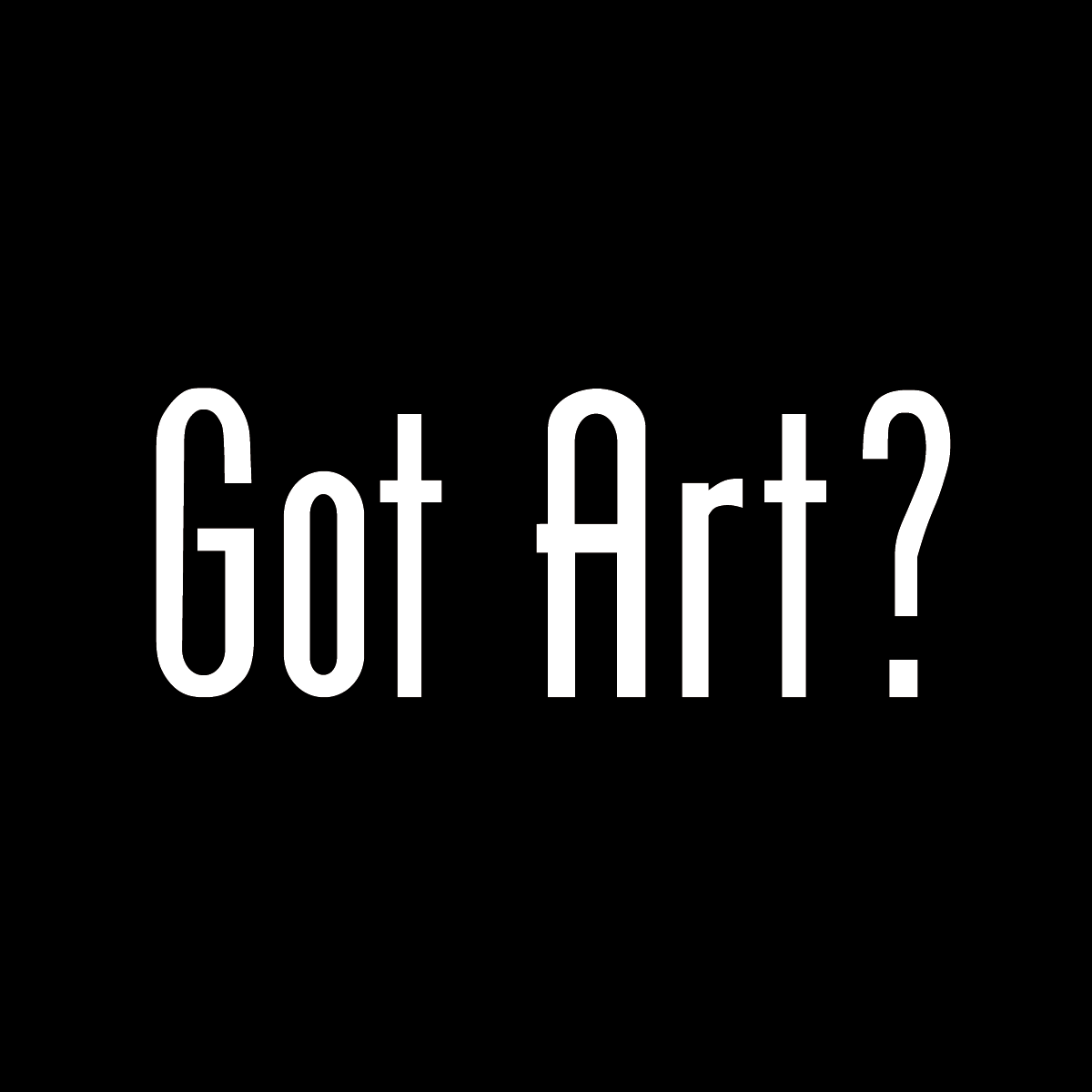
Kossuth Memorial
Artist: Horvay, John
Status: In Situ
Title: Kossuth Memorial, aka Lojas Kossuth (sculpture)
Dates: 1927. Dedicated March 15, 1928. Recast 1930.
Medium: Figures: bronze; Base: Milford pink granite.
Dimensions: Sculpture: approx. 76.5 x 45 x 35 in.; Base: approx. 140 x 91 x 118 in.
Inscription: (Sculptor’s signature is illegible on the lower left side of sculpture near base.) (On sculpture, near bottom of the Kossuth’s flagpole:) KRRUSZ FERENCZ/BRONZON TO BUDAPEST (Front of base, in raised letters:) KOSSUTH/ERECTED/BY A/LIBERTY LOVING/RACE OF/AMERICANS/OF/MAGYAR ORIGIN/TO/LOUIS KOSSUTH/THE/GREAT CHAMPION/OF/LIBERTY (Rear of base:) KOSSUTH MONUMENT COMMITTEE/GEZA D. BERKO/PRESIDENT/MARCH 15, 1928.
Description: Portrait and group on a pedestal. The monument represents the Hungarian revolt against the Habsburg monarchy. A standing portrait of Lojas Kossuth, known as the Father of Hungarian Independence, rests on top of a granite base with steps below. On the front side of the base, a bronze figure of a revolutionary soldier stands holding the flag of independence. He reaches out to a figure of an old peasant man seated on the base steps.
Donor: Kossuth Monument Committee
Owner: City of New York, Department of Parks and Recreation, New York, New York.
Located Riverside Park, Riverside Drive & West 113th Street New York, New York.
Remarks: The monument portrays a vignette of the struggle for Hungarian Indepence in 1848, and highlights the role played by Lajos Kossuth (1802-1894). He is depicted towering above two other male figures at the base, meant to symbolize a revolutionary soldier, for Hungary’s new republic, and an aged peasant, for the country’s old regime. On March 15, 1928, a crowd of 25,000 gathered at Riverside Drive and 113th Street to dedicate the monument to Lajos Kossuth, designed by Hungarian sculptor Janos Horvai (1873-1944) and funded by American citizens of Magyar origin. The ceremony was not without controversy. The delegation of 520 Hungarian public officials encountered a protest denouncing the conservative Horthy government for “hypocrisy” in honoring Kossuth and his liberal ideals. In 1930, the monument had to be dismantled due to poor fabrication; later a second cast was installed. The monument was originally intended to feature three bronze panels depicting scenes in the life of Kossuth; instead, in 1930, Horvai presented the panels to the First Hungarian Reformed Church, located at 344 East 69th Street. Celebrations for Hungarian Independence Day have continued to take place on March 15 at the monument.
References: Gayle, Margot & Michele Cohen, “Guide to Manhattan’s Outdoor Sculpture,” New York: Prentice Hall, 1988, pg. 289.

